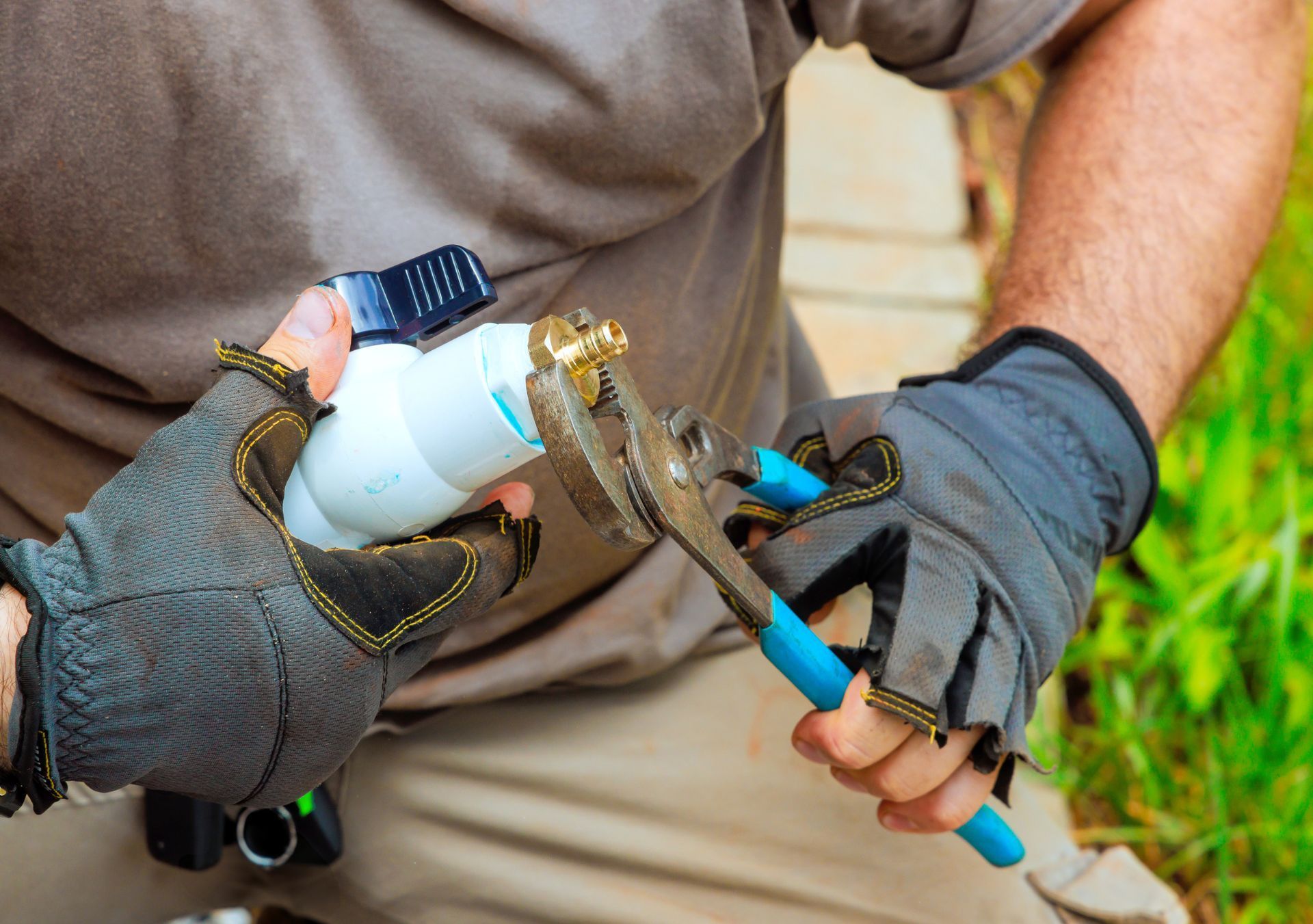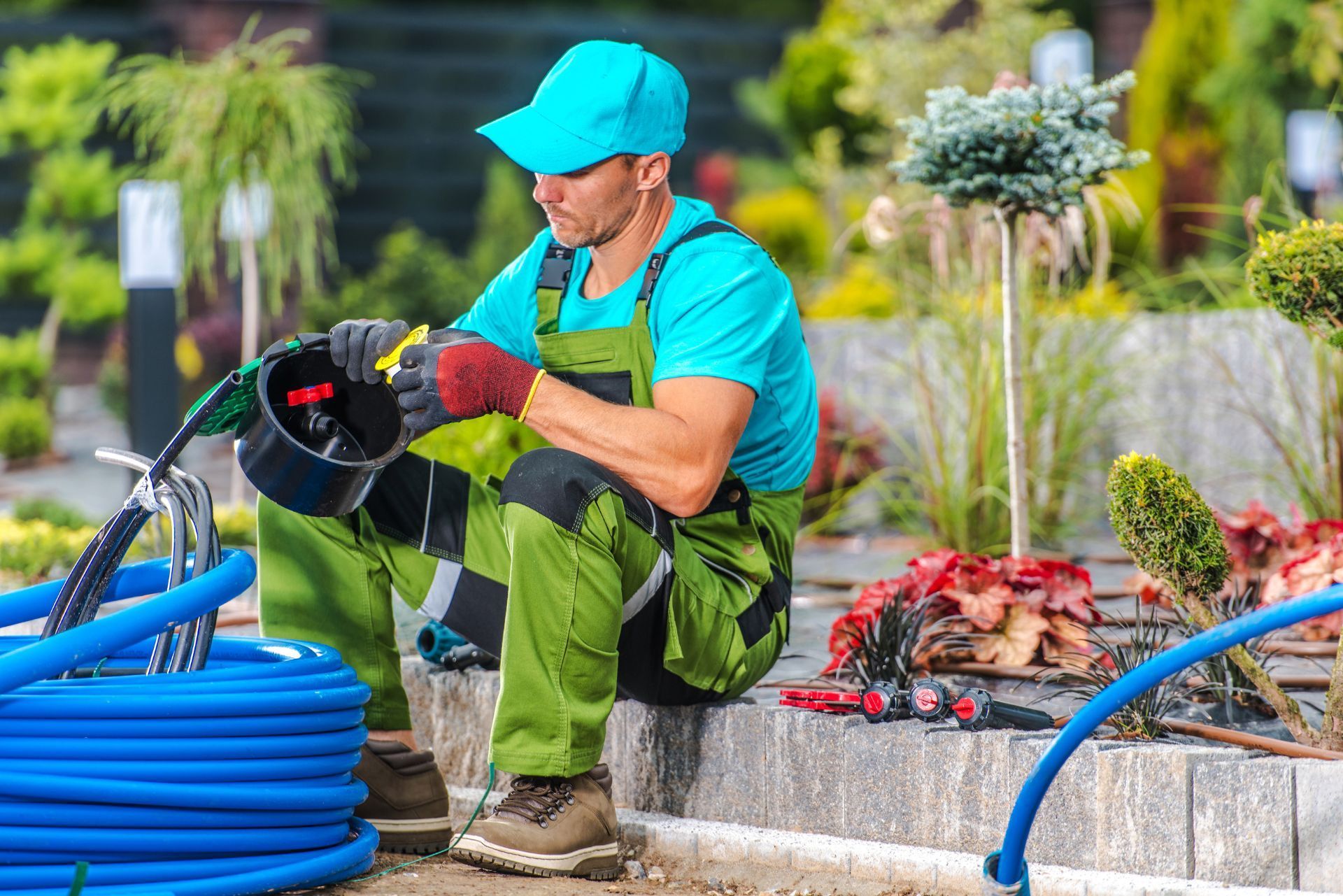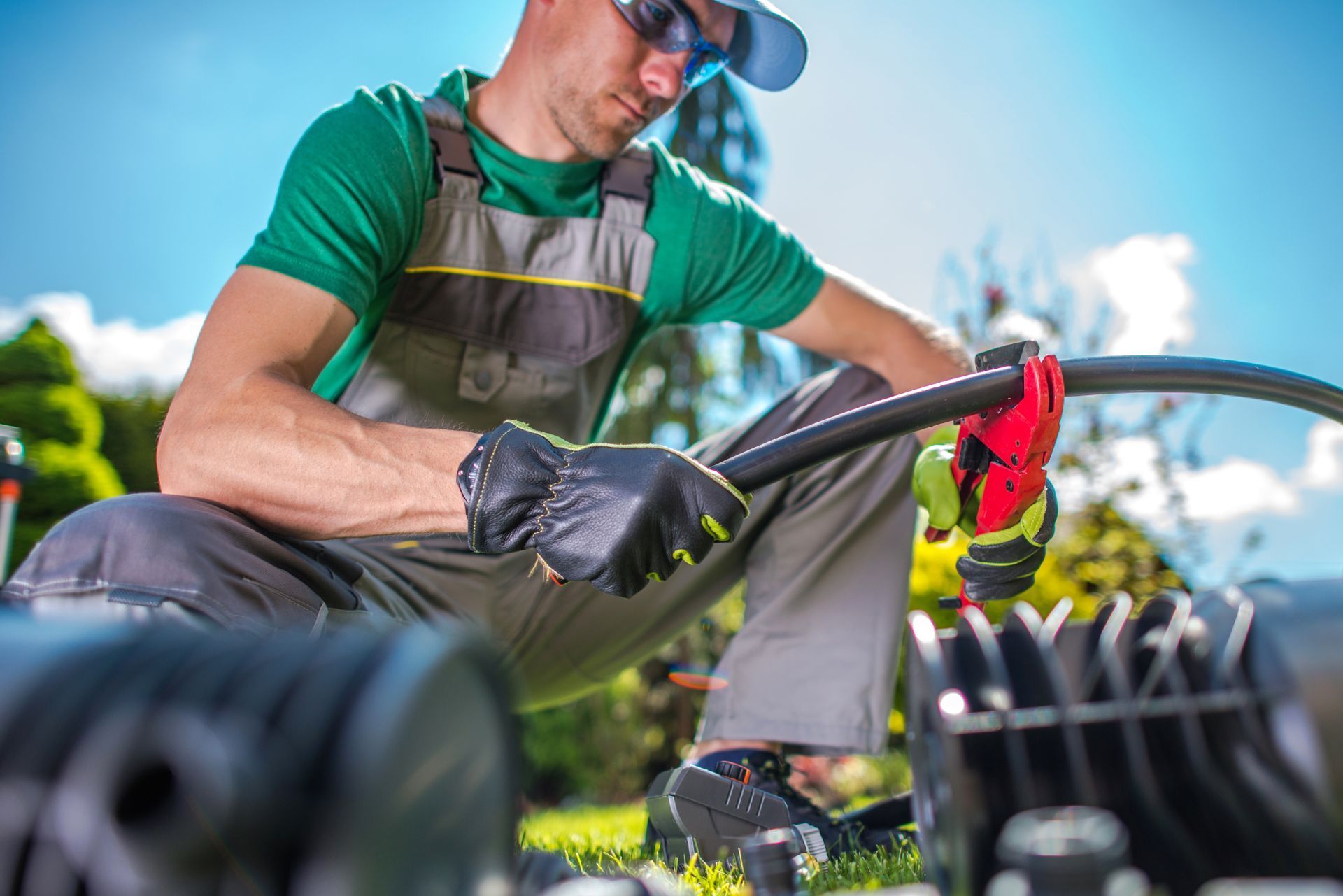
Most Common Business Policies
Index
Contact Us
Arizona’s unique climate and evolving regulatory landscape present both challenges and opportunities for plumbers, especially those focused on green plumbing solutions. As homeowners and businesses increasingly prioritize sustainability, green plumbers in Arizona are in a growing niche—but they also face rising costs and insurance complexities that can impact their operations and clients. This article explores the essentials of Arizona green plumber insurance, why it matters, and how industry trends and regional factors influence coverage needs.
Understanding these dynamics is crucial for plumbing professionals aiming to protect their business while delivering eco-friendly services. For instance, recent data shows that
insurance premiums in Arizona have surged significantly in recent years, underscoring the importance of informed risk management. According to the
Consumer Federation of America, homeowners in Arizona have seen annual insurance premiums increase by more than $700 from 2021 to 2024. While this statistic directly references homeowners, it reflects broader insurance market trends that also affect service providers such as plumbers.
Why Green Plumbing in Arizona is on the Rise
Green plumbing focuses on water and energy efficiency, sustainable materials, and environmentally friendly installation and repair techniques. In Arizona, where water conservation is a critical concern due to arid conditions, green plumbing services are increasingly sought after by homeowners and commercial clients alike.
Advancements in plumbing technology continuously introduce new products designed to reduce water usage and improve energy efficiency. John Baethke, President and CEO of John Baethke & Son Plumbing, highlights this rapid evolution: “Plumbing is literally changing daily. Every day new products are out there competing for our business.” This innovation drives demand for plumbers who are knowledgeable about green products and practices.
The global plumbing fixtures market is expected to reach $115 billion by 2025, reflecting a growing consumer appetite for modern, sustainable plumbing solutions. This trend is mirrored in Arizona’s market, where green plumbers are carving out a niche by offering services that align with environmental priorities.
One of the most significant shifts in green plumbing is the adoption of low-flow fixtures, which can drastically reduce water consumption without sacrificing performance. For instance, low-flow toilets can save a household thousands of gallons of water each year, making them an attractive option for eco-conscious consumers. Additionally, rainwater harvesting systems are gaining popularity in Arizona, allowing homeowners to capture and utilize rainwater for irrigation and other non-potable uses, further contributing to water conservation efforts in the region.
Moreover, the integration of smart technology in plumbing systems is revolutionizing how water is managed in homes and businesses. Smart faucets, leak detection systems, and automated irrigation controllers are just a few examples of how technology is helping to monitor and reduce water usage. These advancements not only promote sustainability but also provide users with real-time data, empowering them to make informed decisions about their water consumption. As awareness of environmental issues grows, the demand for such innovative solutions is likely to continue rising, solidifying green plumbing as a vital component of Arizona’s future.

Understanding Insurance Needs for Green Plumbers in Arizona
Insurance is a critical component of any plumbing business, but green plumbers face particular considerations. Their work often involves specialized equipment and materials, as well as compliance with environmental regulations that may affect liability and risk exposure.
Given the rising insurance costs in Arizona, it’s essential for green plumbers to secure comprehensive coverage that protects against property damage, bodily injury, and professional liability. The increase in insurance premiums—highlighted by the Consumer Federation of America—reflects broader risk factors, including the impact of wildfires and regulatory changes.
Arizona lawmakers are currently debating legislation that would shield utilities from wildfire-related lawsuits, potentially shifting financial burdens onto homeowners’ insurers. This shift could indirectly affect plumbing professionals, who may see changes in insurance claims processes or increased scrutiny in risk assessments, especially when working on projects connected to utility infrastructure or wildfire mitigation systems.
Key Insurance Policies for Green Plumbers
Green plumbers should consider several types of insurance to safeguard their business:
- General Liability Insurance: Protects against third-party claims of property damage or bodily injury.
- Professional Liability Insurance: Covers errors or omissions in design or consulting services related to green plumbing systems.
- Commercial Property Insurance: Protects tools, equipment, and business premises.
- Workers’ Compensation: Required in most cases to cover employee injuries on the job.
Choosing the right mix of coverage is essential to manage the unique risks associated with green plumbing, including handling advanced technology and environmentally sensitive installations. Additionally, green plumbers may want to explore Environmental Liability Insurance, which can provide coverage for pollution-related claims that may arise from the use of eco-friendly materials or systems. This type of insurance is particularly relevant as more homeowners and businesses seek sustainable plumbing solutions that align with their environmental goals.
Furthermore, as the demand for green plumbing services continues to grow, so does the importance of having a solid risk management strategy. Green plumbers should invest time in training and education to stay updated on the latest technologies and regulations in their field. This proactive approach not only helps in minimizing risks but also enhances their credibility and marketability in a competitive landscape. By demonstrating a commitment to safety and sustainability, green plumbers can attract more clients who value environmentally responsible practices.
The Plumbing Industry Landscape and Workforce Challenges
The plumbing industry in the United States is a substantial economic sector, valued at approximately $60 billion annually. Despite its size and importance, the industry faces significant workforce shortages. According to ZipDo Education Reports, 85% of plumbing companies report difficulties in finding skilled workers.
This shortage impacts green plumbers in Arizona by increasing labor costs and potentially slowing project completion times. The average salary for a plumber in the U.S. is around $62,000 per year, reflecting the skilled nature of the work and the demand for experienced professionals.
For green plumbers, staying competitive means not only adopting new technologies but also investing in workforce development and training to ensure employees are proficient in sustainable plumbing techniques. This can also affect insurance considerations, as well-trained staff reduce the risk of accidents and errors.
Moreover, the challenges faced by the plumbing industry are compounded by an aging workforce, with many experienced plumbers nearing retirement age. This demographic shift creates a pressing need for younger workers to enter the field, but attracting new talent can be difficult. Many potential candidates are unaware of the lucrative career opportunities available in plumbing, especially in the green sector, where eco-friendly practices are becoming increasingly vital. Educational outreach and apprenticeship programs are essential to bridge this gap, providing hands-on experience and highlighting the benefits of a plumbing career.
Additionally, the rise of smart home technology and advanced plumbing systems requires a workforce that is not only skilled in traditional plumbing but also adept at integrating these new technologies. As homes become more automated, plumbers must be trained in the installation and maintenance of sophisticated systems that can monitor water usage and detect leaks in real-time. This evolution in the industry underscores the importance of continuous education and adaptation, ensuring that the workforce remains equipped to meet the demands of modern plumbing challenges.
How Wildfires Influence Insurance and Plumbing Services in Arizona
Arizona’s wildfire risk is a significant factor in the state’s insurance market. Diane Brown, Executive Director of the Arizona Public Interest Research Group, emphasizes that “it is no accident that wildfires are contributing to increased insurance costs.” As wildfires become more frequent and severe, insurance companies adjust premiums to account for heightened risk. This adjustment not only affects homeowners but also extends to businesses, particularly those in the plumbing sector, which may find themselves navigating a more complex insurance landscape.
For green plumbers, this means that insurance premiums may continue to rise, especially for businesses operating in wildfire-prone areas or working on projects related to wildfire prevention and mitigation. Plumbing systems designed to support fire-resistant landscaping or water delivery for fire suppression may require specialized insurance coverage. Additionally, the demand for innovative plumbing solutions that incorporate sustainable practices is on the rise, as more residents seek to protect their properties from fire damage while also being environmentally conscious. This creates a unique niche for plumbers who can offer services that align with both safety and sustainability.
Furthermore, the ongoing legislative debate around wildfire liability protections for utilities could reshape the insurance landscape. If utilities are shielded from lawsuits, homeowners’ insurers—and by extension, related service providers—could face increased claims. This evolving environment necessitates that green plumbers stay informed and work closely with insurance providers to tailor coverage appropriately. As regulations change, the need for plumbers to adapt their practices and ensure compliance with new safety standards becomes paramount. This adaptability not only helps mitigate risks associated with wildfires but also positions plumbing businesses as leaders in resilience and sustainability within their communities.
Moreover, the impact of wildfires extends beyond immediate insurance concerns; it also influences the broader economic landscape of Arizona. As communities grapple with the aftermath of wildfires, the demand for rebuilding and retrofitting homes increases, creating opportunities for plumbers to engage in reconstruction projects that prioritize fire-resistant materials and systems. This shift could lead to a surge in training and certification programs focused on wildfire mitigation strategies, ensuring that plumbing professionals are equipped with the latest knowledge and skills to meet these challenges head-on. By embracing these changes, plumbers can not only safeguard their businesses but also contribute to the overall resilience of their communities in the face of an ever-changing climate.

Tips for Securing the Best Insurance for Arizona Green Plumbers
Given the complexities of the Arizona insurance market and the specialized nature of green plumbing, professionals should take a strategic approach to insurance procurement:
- Work with Experienced Brokers: Choose insurance brokers familiar with both the plumbing industry and Arizona’s unique risks, including wildfire exposure.
- Regularly Review Coverage: As green plumbing technologies and regulations evolve, so should insurance policies. Annual reviews can ensure adequate protection.
- Invest in Risk Management: Implement safety protocols and staff training to reduce claims and potentially lower premiums.
- Consider Bundled Policies: Combining different types of insurance can sometimes offer cost savings and simplify management.
By taking these steps, green plumbers can better navigate rising insurance costs and protect their business against unforeseen liabilities. Additionally, it is essential for plumbing professionals to stay informed about the latest trends in sustainable practices and technologies. This not only enhances their service offerings but also demonstrates to insurers that they are proactive in minimizing risks associated with their work. For instance, adopting water-efficient fixtures and eco-friendly materials can not only attract environmentally conscious clients but may also qualify plumbers for discounts on their insurance premiums.
Furthermore, networking with other green professionals and participating in industry associations can provide valuable insights into best practices for insurance and risk management. Engaging in such communities allows plumbers to share experiences and learn from one another about the challenges they face in the Arizona market. This collaborative approach can lead to more informed decision-making and better insurance solutions tailored to the unique needs of green plumbing businesses.
The Future of Green Plumbing and Insurance in Arizona
The intersection of environmental sustainability, technological innovation, and regional risk factors will continue to shape the green plumbing industry in Arizona. With the plumbing fixtures market projected to grow substantially, and increasing awareness of water conservation needs, green plumbers are well-positioned for growth. The state’s unique climate challenges, including prolonged droughts and fluctuating water availability, have heightened the urgency for efficient plumbing solutions that minimize waste and maximize resource management.
Moreover, the integration of smart technology into plumbing systems is revolutionizing how water is used and conserved. Innovations such as IoT-enabled fixtures and real-time monitoring systems allow homeowners and businesses to track their water usage patterns, leading to more informed decisions about conservation efforts. As these technologies become more accessible, green plumbers who are adept at installing and maintaining such systems will find themselves in high demand, further solidifying their role as leaders in sustainable practices.
However, the rising cost of insurance—driven in part by wildfire risks and legislative changes—means that plumbing businesses must be proactive. Staying informed about industry trends, investing in workforce development, and securing tailored insurance coverage are essential strategies. As climate-related risks evolve, insurance providers are increasingly focusing on offering policies that reflect the unique challenges faced by businesses in Arizona. This shift necessitates that plumbing contractors not only understand their coverage options but also actively engage with insurers to advocate for terms that support their green initiatives.
For those looking to thrive in this evolving landscape, understanding the nuances of Arizona’s insurance environment is as important as mastering the latest green plumbing technologies. By balancing innovation with risk management, green plumbers can build resilient businesses that serve their communities sustainably and securely. Additionally, collaboration with local governments and environmental organizations can provide valuable resources and support, fostering a community-focused approach to water conservation and plumbing practices.
For more detailed insights on the plumbing industry and workforce trends, visit
ZipDo Education Reports.
